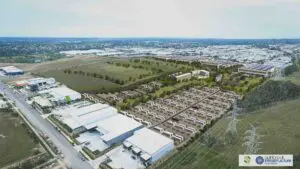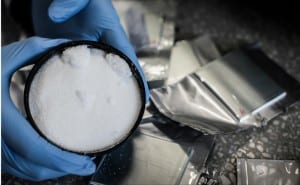Lord Howe Island’s long and rather fraught journey to a renewable power supply is back on track, with a new funding package from the Australian Renewable Energy Agency – this time for solar and storage without the wind turbines.
The remote New South Wales island will install a minimum 1.2MW of solar and a 3.2MWh battery system, according to a statement from ARENA on Thursday, with the help of $4.5 million in funding from the federal government agency, and a loan facility of $5.9 million from the NSW government.
ARENA said the project’s development was set to commence “soon,” with Photon Energy Engineering Australia awarded the tender by the (much relieved) Lord Howe Island Board.
The ARENA funding for the $11.1 million project comes more than five years after a first offer of $4.5 million was extended by the Agency, back in July of 2014 – at that time for a combination of 450kW of solar, 550kW of wind (two turbines), and battery storage.
But the LHIB’s efforts to wean the Tasman Sea island from its costly and polluting diesel fuel power supply hit a wall in 2017, when then energy minister Josh Frydneberg intervened to rule out the two wind turbines.
The intervention sent the project – which was at that point seeking tenders to design and build the microgrid – back to the drawing board, and forced the withdrawal of the ARENA grant, which was specifically for a solar, wind and battery microgrid.
Frydenberg had argued that the two wind turbines would have an “unnacceptable” impact on the Island’s World and National Heritage values, and particularly on its ‘visual landscape’.
But the decision was controversial in light of the anti-wind stance the federal Coalition had increasingly been taking – and looked even more so when a recent Guardian Freedom of Information request revealed Frydenberg had overruled his own department in making the call.
Frydenberg’s intervention also flew in the face of economics, at the time. A study conducted by consulting group Jacobs had found that a combination of solar, battery and wind was going to achieve a 70 per cent reduction in the island’s diesel generation, while a solar and battery only system would cut diesel by just 35 per cent.
In its statement this week, however, ARENA said that “further feasibility studies” had identified that a solar PV and battery storage microgrid would provide roughly the same benefits – or more than two-thirds of the island’s electricity supply.
To read the full story on RenewEconomy’s sister site, One Step Off The Grid, click here…










